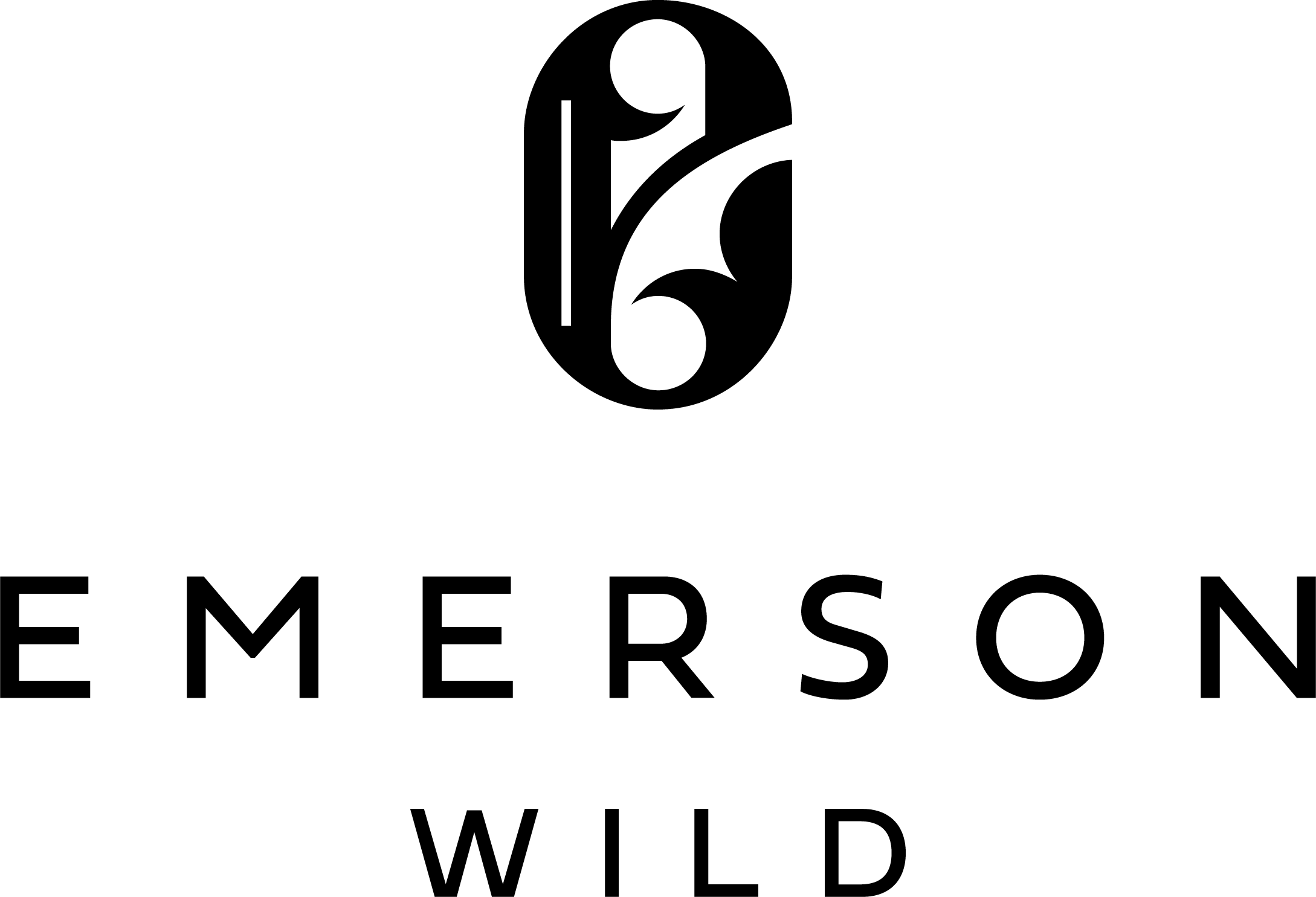When we say pollinators, what’s the first thing that comes to mind? We are almost certain it will be bees! While bees are essential for the pollination of many plants, they are not the only pollinators. Every tree, flower, shrub has evolved over thousands of years to work with some force of nature to turn their flowers into fruits. Along with bees, you can include butterflies, moths, birds, hummingbirds, ants and even the wind, to mention a few, to the pollinator lists. So, the secret to a pollinator-friendly garden is simply all about what you plant.
Before we get to our curated lists of the botanicals you can plant for a pollinator-friendly garden, there is some important terminology to consider. The first is native vs non-native plants. Native plants are indigenous to certain areas, they have been around in the landscapes long enough to have assimilated with their surroundings in a beneficial way. On the other hand, non-native plants have been introduced to an area but cause no detrimental effects on their environments, unlike invasive plants. This is our third term that is crucial for gardening here in Ontario. Invasive plants can cause severe problems within an ecosystem. Either by disorienting pollinators or by outcompeting other beneficial species.
To support our native pollinators here in Ontario, we’ve curated a list of native plants that are pollinator-friendly and will have your local ecosystems thriving!
1. Spotted Bee Balm (Monarda punctata)
With soft shades of purple, this aromatic flower belongs to the mint family. It’s easy to grow and works well as a cut flower, for those lovely summertime bouquets.
Attracts: Butterflies, hummingbirds, bumble bees, honey bees and native bees
Light: Part Shade to Full Sun
Moisture: Dry to Medium
Mature Height: 2 feet, erect
Annual or Perennial? Perennial
Things to Note: The Karner Blue butterfly which is endangered here in Ontario is attracted to this plant, do your part to help this species by growing these flowers in your garden!
2. Smooth Oxeye (Heliopsis helianthoides)
Add a splash of vibrant yellow with these beautiful flowers that will bloom all summer long and makes for a long-lasting fresh cut flower. Plus, it releases a sweet sage-like scent.
Attracts: Long-horned bees, bumblebees and metallic green sweet bees
Light: Part Shade to Full Sun
Moisture: Dry to Medium
Mature Height: up to 5 feet, erect
Annual or Perennial? Perennial
Things to Note: Don’t be surprised if you see more goldfinches in your garden! They are attracted to the seeds that develop after they are pollinated.
3. Blue Lobelia (Lobelia siphilitica)
A clump-forming perennial with light to deep “blue” (more like a periwinkle) flowers that will bloom late summer into the fall.
Attracts: Hummingbirds, butterflies and bumblebees
Light: Part Shade to Full Sun
Moisture: Medium to Moist
Mature Height: 3 feet, erect
Annual or Perennial? Perennial
Things to Note: “Nice to see, nice to touch, but if you eat it you’re out of luck!” This plant is poisonous, so keep it out of reach of your little ones!
4. Butterfly Milkweed (Asclepias tuberosa)
Prized for its large and bushy bright orange flowers, butterfly milkweed makes a statement in any garden as an amiable pollinator-friendly choice.
Attracts: Butterflies, bumblebees and honeybees
Light: Full Sun
Moisture: Dry to Medium
Mature Height: 2 feet, erect
Things to Note: Milkweed is an essential plant for monarch butterflies. There are 9 species of milkweed that monarchs will lay eggs on including this species!
5. Fragrant Sumac (Rhus aromatica)
Low-growing and long lasting. This shrub dazzles with not only its vibrant colour changes (bright green in the summer and orange/red in the winter) but also with its sweet lemon scent.
Attracts: Bees and Butterflies
Light: Part Shade to Full Sun
Moisture: Dry to Medium
Mature Height: Anywhere from 3-6 ft, but can be pruned at anytime to regulate size
Things to Note: While generally used as a means of erosion control, fragrant sumac can also be used to create a beautiful cascading effect. The berries that form from the flowers ensure your garden will have winged visitors each winter as well.

6. Wild Columbine (Aquilegia canadensis)
These dainty and bright flowers make ideal candidates for containers and windowsill boxes. The bright red flowers turn to yellow as the season progresses and tend to droop at the flower head, for an elegant floral display
Attracts: Hummingbirds, butterflies and bees
Light: Part Shade to Full Sun
Moisture: Dry to Medium
Mature Height: up to 2 feet, erect
Things to Note: Soil quality will determine how tall these flowers get, they prefer a loam soil which is equal parts sand, slit and clay. Some varieties also produce a sweet smell similar to that of honeysuckle!
7. Elderberry (Sambucus nigra)
Last but certainly not least, we have an edible addition to our list. Elderberries provide visual drama year round with their lush green foliage in the spring, large white flower heads in the summer and brilliant berries in the fall. Plus, they can be grown in containers to avoid excess spreading and the flowers smell like summer.
Attracts: Native bees
Light: Part Shade to Full Sun
Moisture: Medium to moist
Mature Height: up to 10 feet, erect
Things to Note: The root system tends to be shallow, so it’s important to think width not depth when planning your containers (minimum 24 inches wide, 20 deep). When it comes to how you can use elderberries, you can cook, bake and even create cocktails with them!

May your garden’s bloom beautifully this year! And may all your pollinator-friendly plants help our ecosystems to thrive. Happy gardening from all of us here at Emerson Wild. While you patiently wait to get into your garden, sign up for our email list to receive the 2022 Spring/Summer Trend Report. Be sure to connect with us on Instagram and follow us on Pinterest. We are always pinning the latest trends on all things garden.




